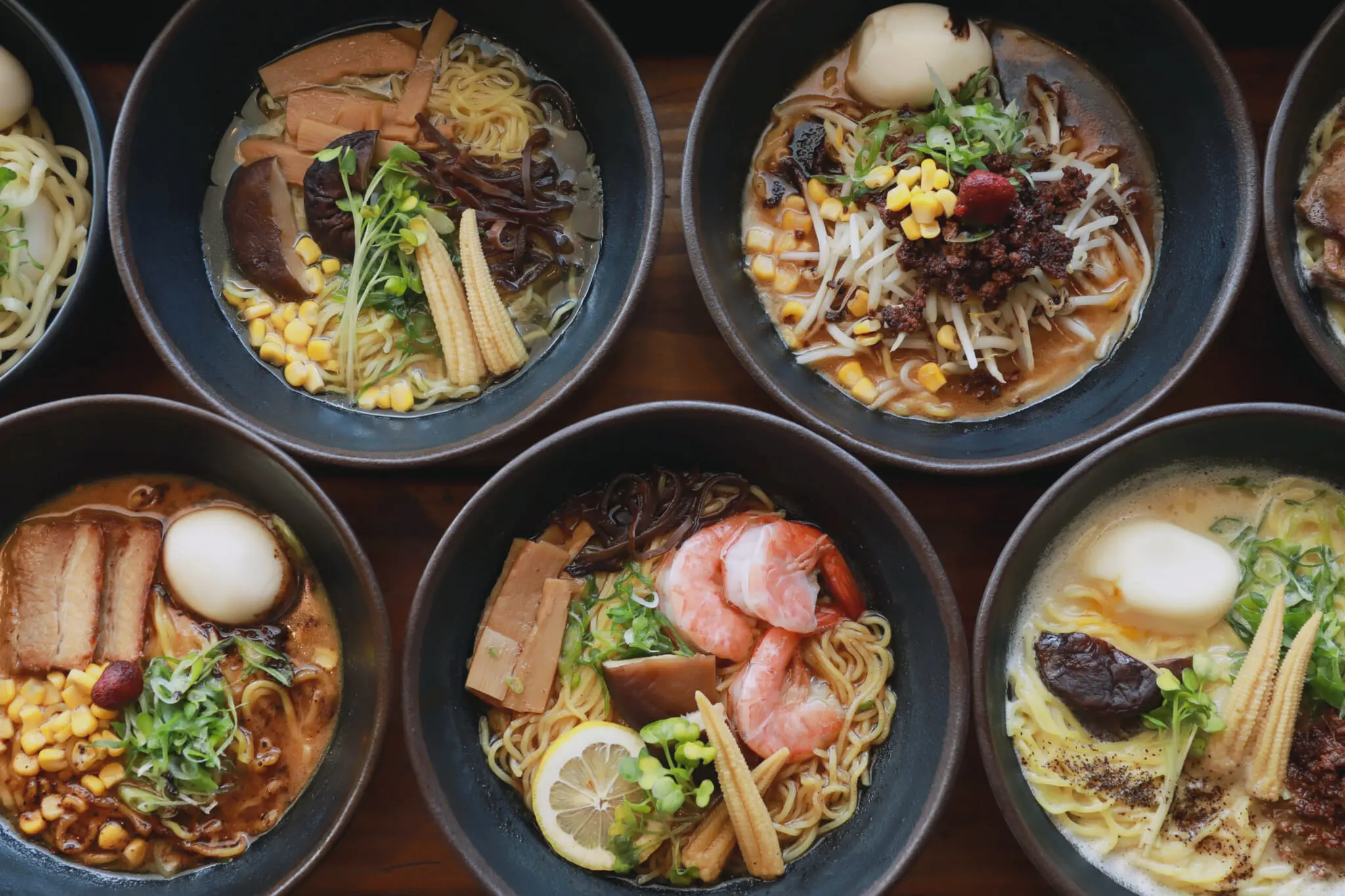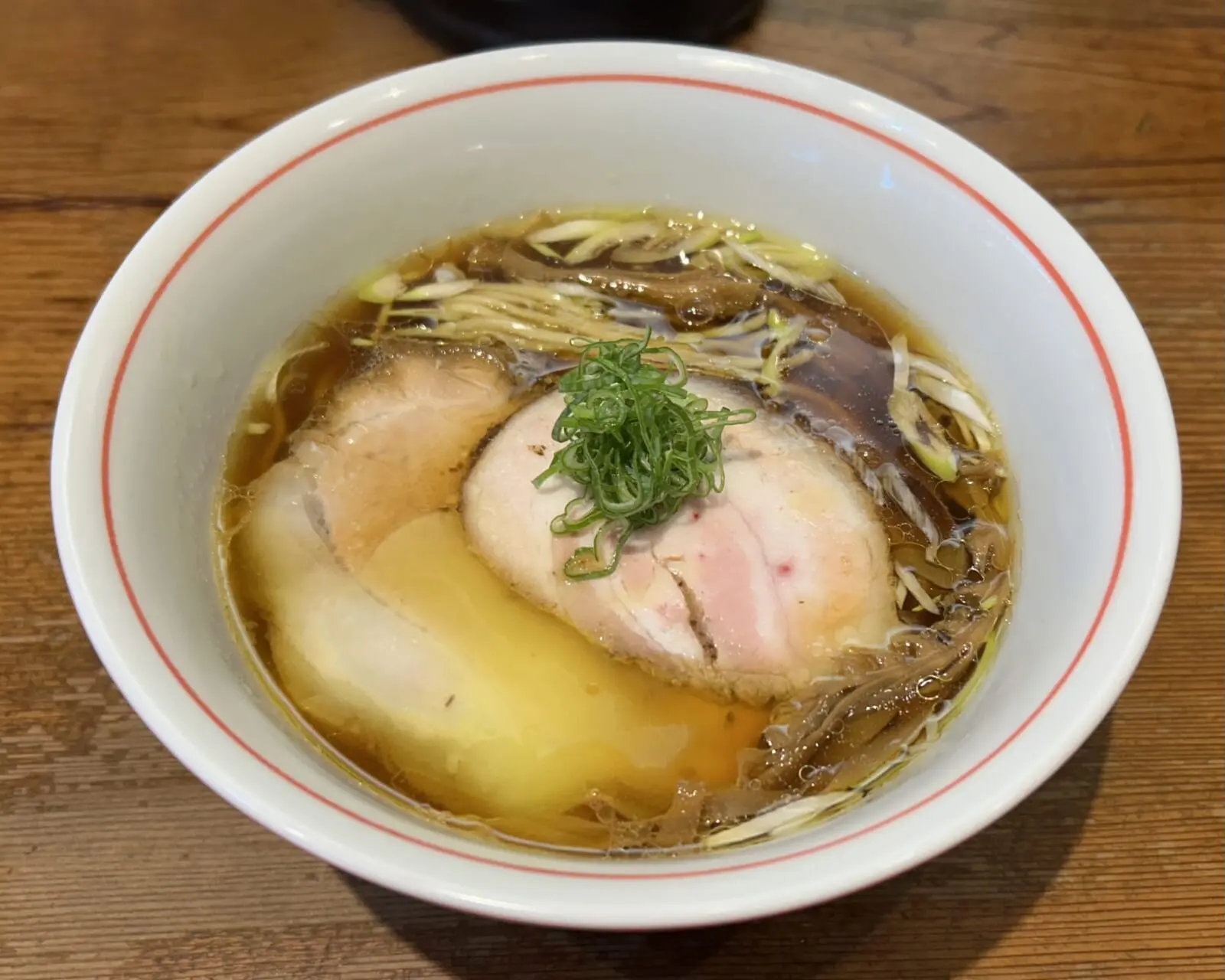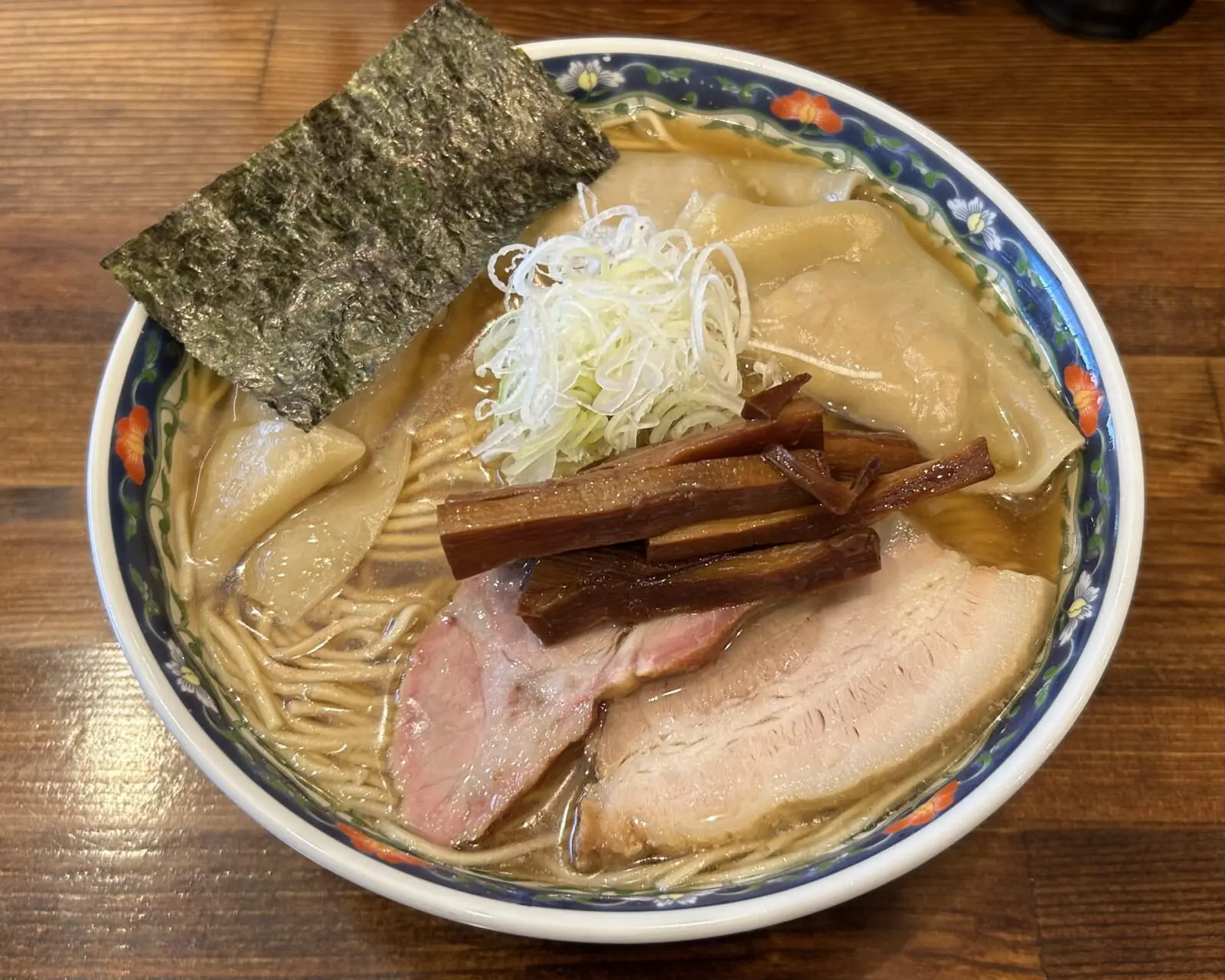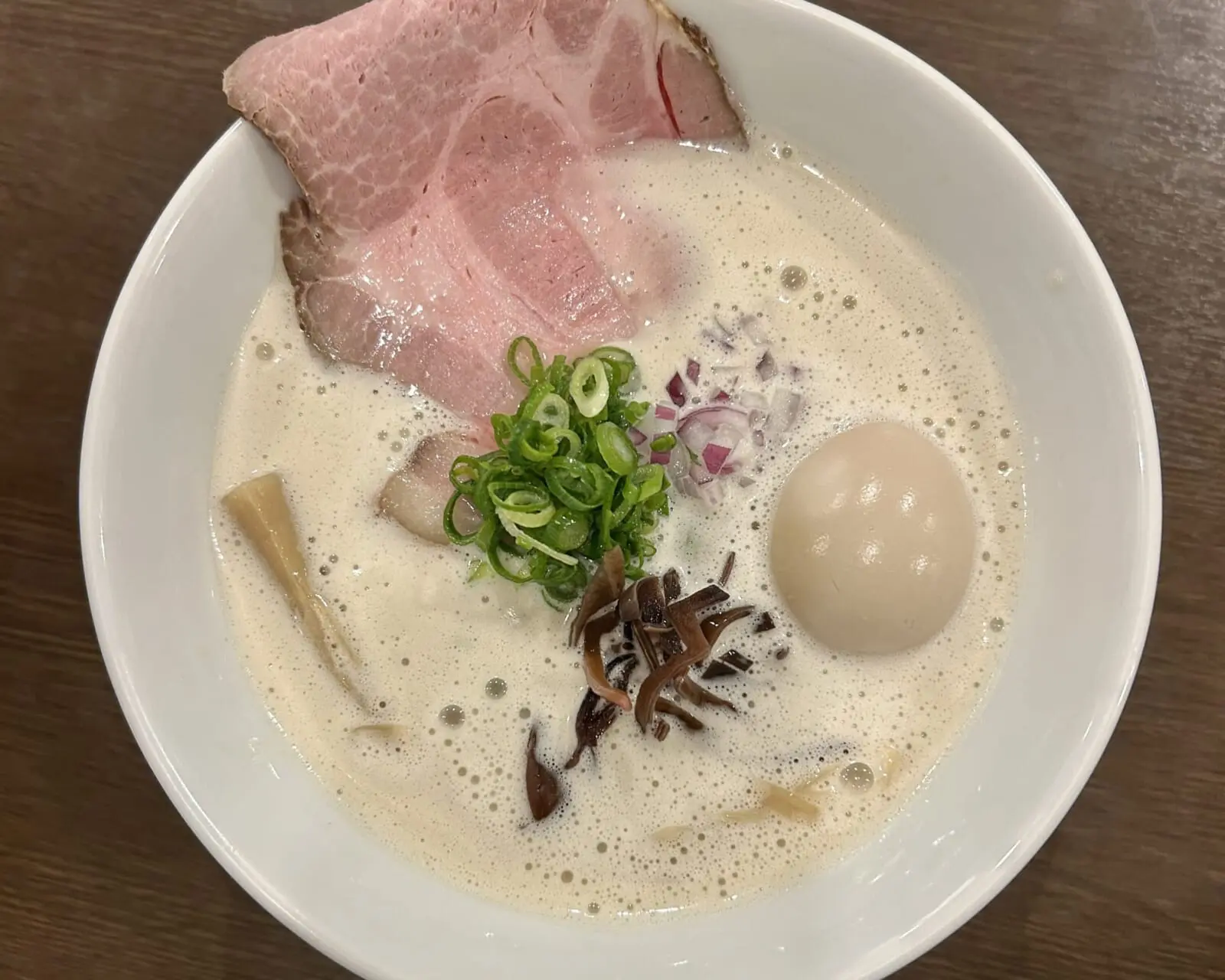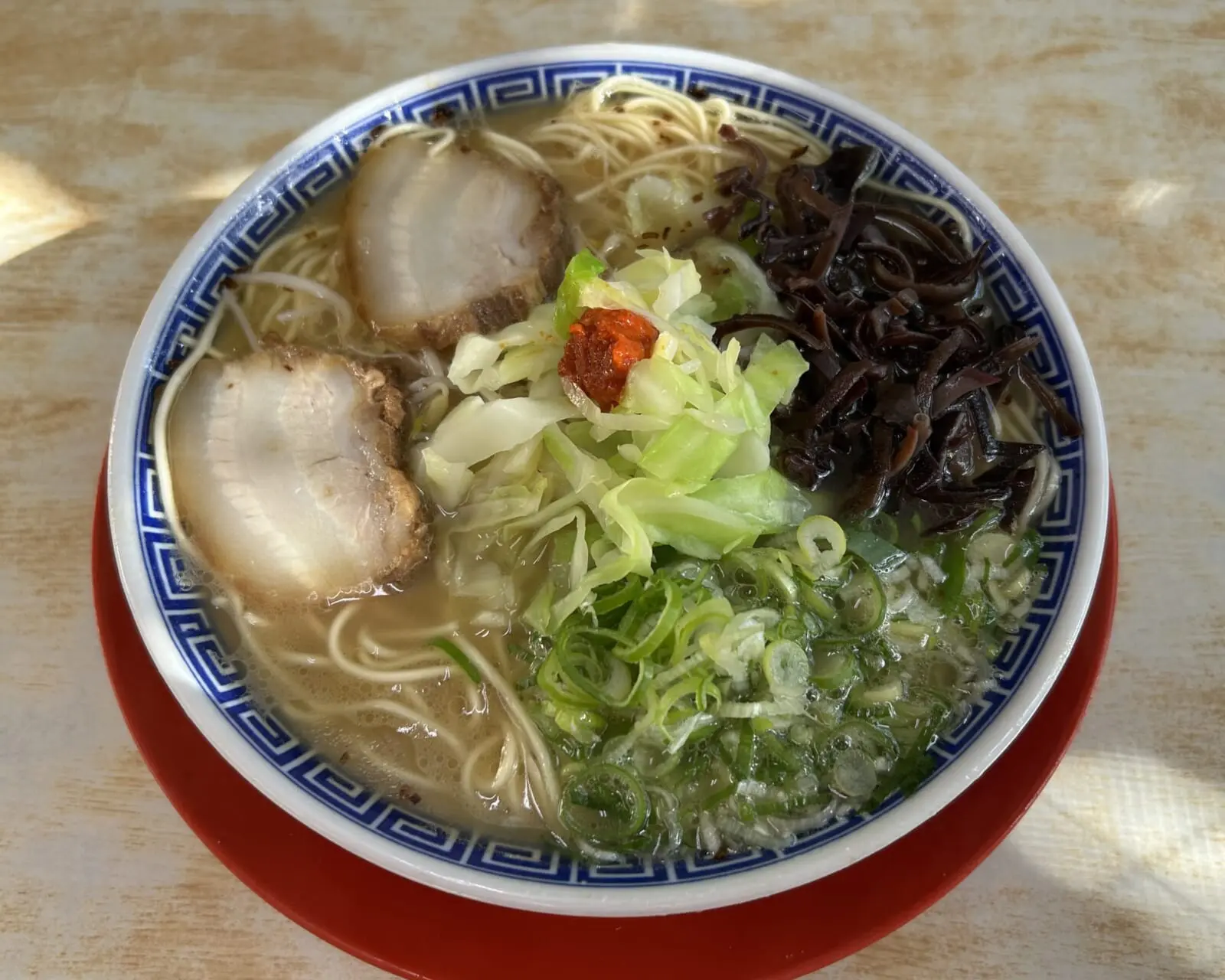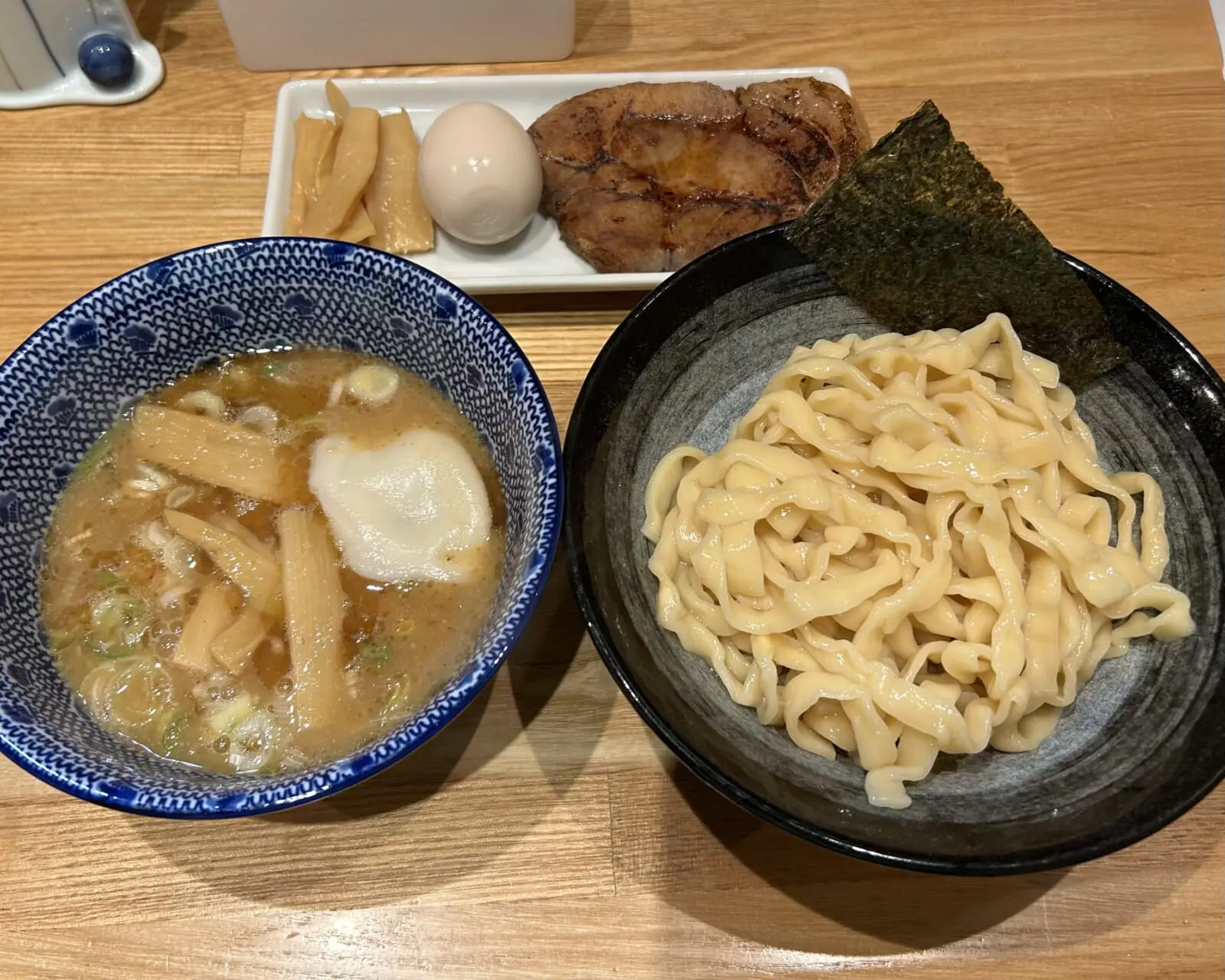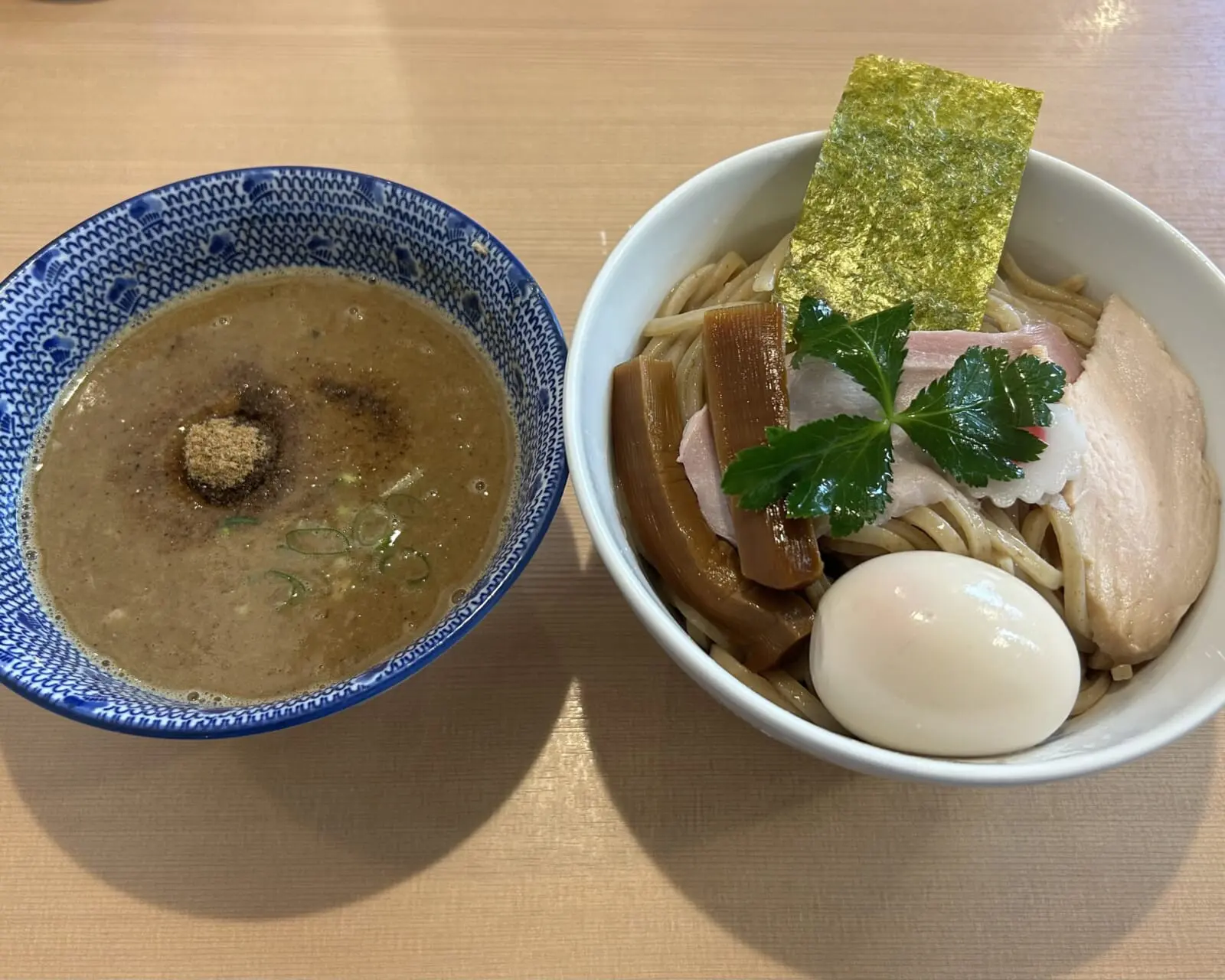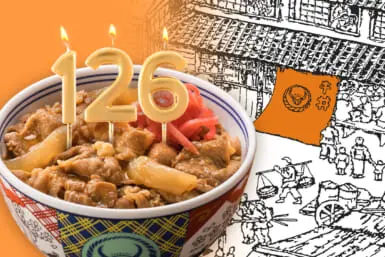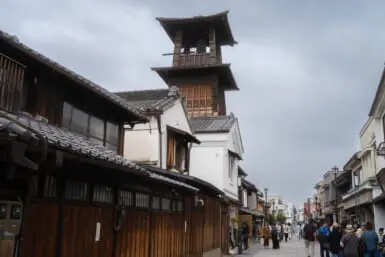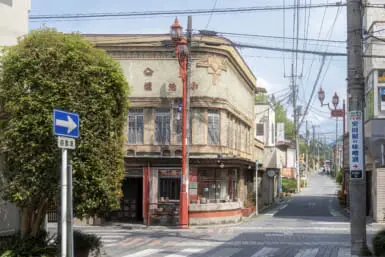Ramen is more than just a bowl of noodles — it is a diverse cuisine with as many variations as there are sandwich toppings. Many people tend to think of just noodles and soup, but within that, you have endless variations. Not only are there regional differences, but seasonal ones as well.
Next time you get a craving for ramen, use this guide to try a new style you’ve never had before — or to better understand something you liked in the past and want to seek out again. Better yet, send this guide to friends and family planning to visit Japan so they can identify which styles they like in advance, instead of getting lost in the expanse of choices around Tokyo.
Shoyu
Perhaps the most classic style of ramen, visually familiar to everyone, is shoyu (soy sauce). The soup is a dark amber, clear color and relatively light compared to others on this list — but that doesn’t mean it’s lacking in flavor. The soy sauce packs a punch and is often aged for years in traditional oak barrels. Many shops use a blend of 3 to 4 different soy sauces from different parts of Japan. This forms the tare, or base of the soup. Then, an animal-based soup stock is added, often consisting of pork, chicken, fish or vegetables. The noodles and shoyu can be thin, thick or wavy as there are multitude of shapes and textures. But the quintessential shoyu ramen has a light soy sauce base that amplifies the flavors of both the soy and the soup.
You’ll often find a piece of chashu (pork belly), slices of bamboo shoots, a sheet of nori dried seaweed and the classic naruto fish cake. This is perhaps Tokyo’s most iconic style and has been around since the post–World War II origins of ramen.
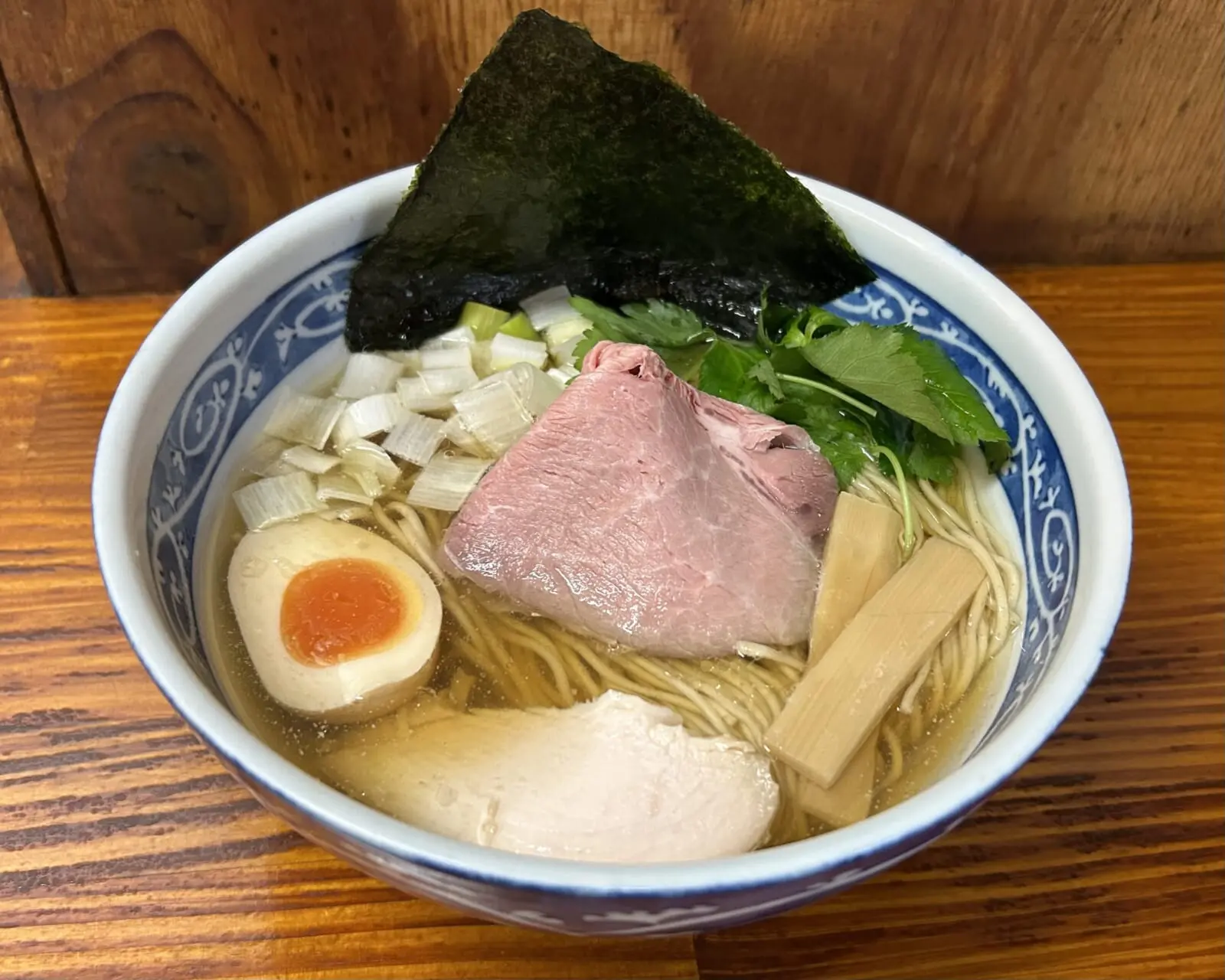
Shio
If you enjoy a light soup base that highlights each individual flavor, try a bowl of shio (salt) ramen. It might sound simple, but it’s anything but. The base starts with high-quality salt — sometimes Himalayan rock salt, sometimes salt from deep underground layers near Japan’s volcanic regions — then blended with mirin, rice vinegar, dashi, and even seaweed or shellfish. This is then added to the soup, which can be animal, fish, or vegetable-based. Many people enjoy shio because the salt doesn’t hide the other flavors at work but instead amplifies them. Shio ramen is incredibly light, and many would argue it makes the perfect breakfast bowl.
You can find the same types of garnishes as in shoyu, but each restaurant individualizes their rendition. The noodles can be of any variety, as shio refers to the soup style, not the noodles. If you’ve enjoyed soy sauce ramen before and want to see how the bowl’s flavor changes just by swapping in salt, shio is a classic style that won’t leave you feeling bloated or overstuffed.
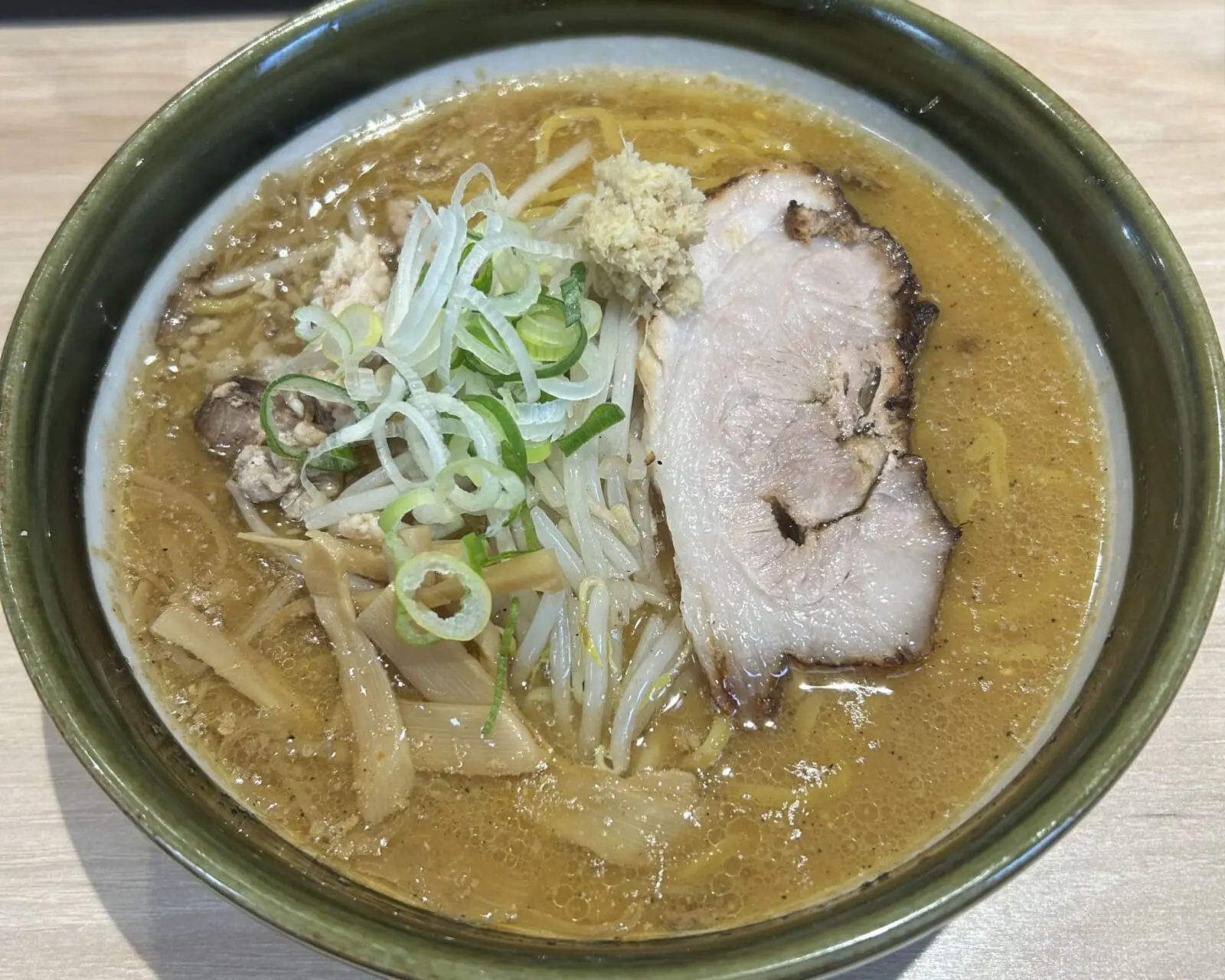
Miso
Many people who come to Japan fall in love with miso ramen at first sip. It’s incredibly robust, rich and creamy, with that rare, savory depth of miso you can’t find anywhere else. Miso ramen starts with a soy or salt base, then adds miso paste and soup stock. Restaurants source their miso from across Japan, ranging from bold red miso from the northern Tohoku region to sweet white miso from the western Kansai area. This is sometimes listed on the menu, so if you’d like to deepen your miso knowledge, investigate where the miso is from and what type it is.
Vegetables and lard are often stir-fried in a wok, then deglazed with soup to create the broth. Miso noodles are typically thicker to stand up to the heavy broth and usually come with sautéed vegetables like bean sprouts, carrots and onions. Sometimes you’ll find a thick slice of chashu; other times, it’s topped with nikumiso (seasoned minced pork). Miso is best enjoyed piping hot.
Tonkotsu
If the sound of creamy pork bone broth sounds appealing, chances are you’ve enjoyed tonkotsu ramen before. Originating in Kyushu, this style involves boiling pork bones over high heat for hours until they break down and form a rich, creamy broth. It is then combined with a soy sauce tare, resulting in a salty, umami-rich bowl. While tonkotsu comes in many variations, the most famous is Hakata style, with nearly white broth and garnishes like chopped scallions, wood ear mushrooms and beni shoga (red pickled ginger).
The noodles are very thin and firm with smaller portions so they stay firm as you eat. Because they’re so thin, another key part of the tonkotsu experience is ordering an aedama — an extra portion of noodles. It might sound unusual, but in many tonkotsu restaurants, diners say “aedama” to the chef and place ¥100 on the counter. They are then given another serving of noodles which is added directly to the soup.
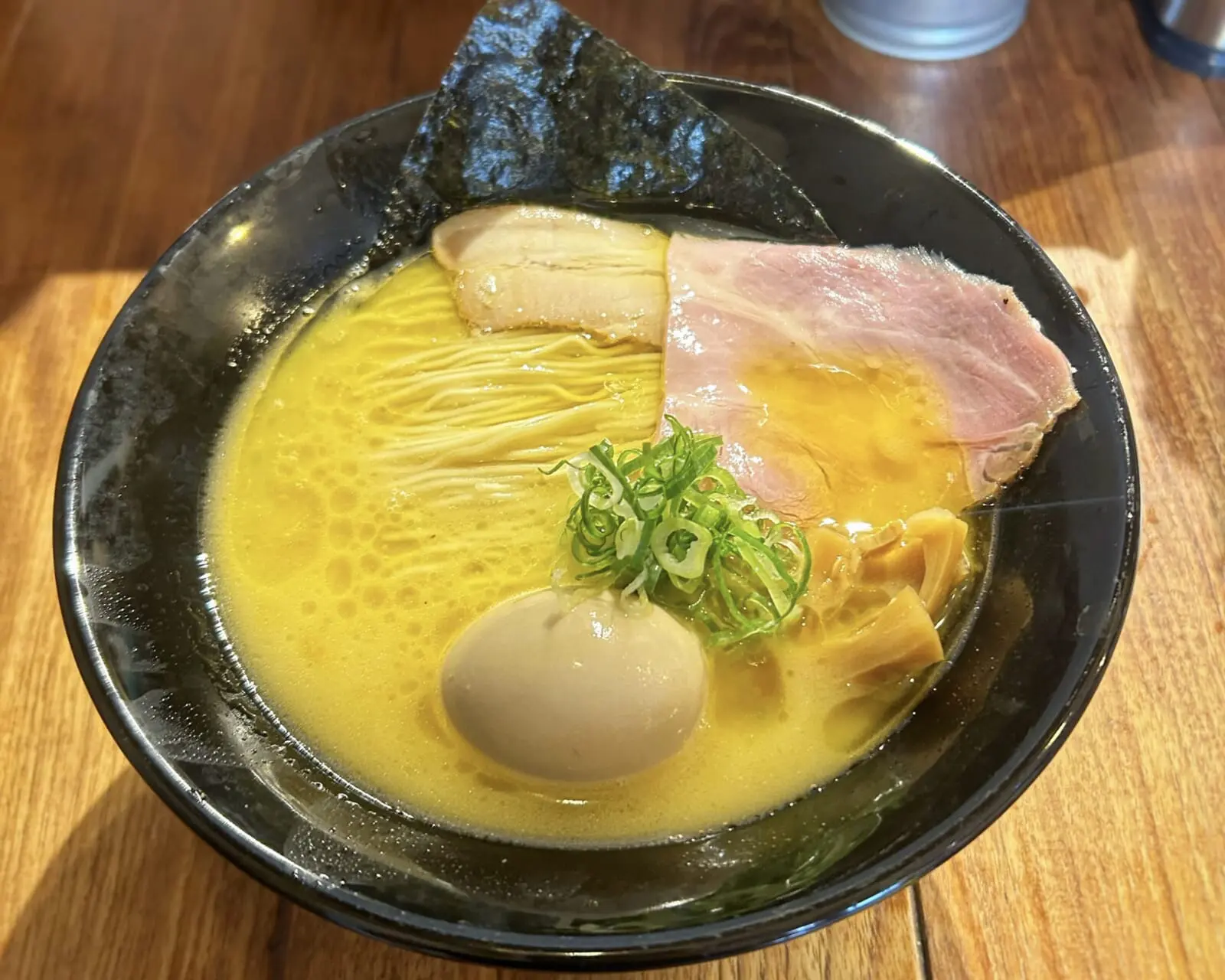
Toripaitan
This style of ramen is a little harder to find, but those who seek it out will not be disappointed. The word toripaitan literally means “creamy chicken,” and it almost resembles your grandmother’s chicken noodle soup. Like tonkotsu, the chicken bones are boiled at high temperature for hours until they create a creamy broth. The result is a healthier, high-collagen ramen that’s incredibly balanced, mild and crowd-pleasing.
Beyond the creamy chicken foundation, everything else — the noodles, tare, and toppings — is flexible. Some shops use moderately thick, wavy noodles to grab onto the richness; others go for thin and firm noodles to offer contrast. Sous vide chicken breasts are a popular addition to this style, and you’ll even find halal versions of toripaitan ramen in Tokyo thanks to its pork-free base.
For the full chicken experience, it’s recommended to add an aji tamago (marinated egg). A well-prepared egg will have a dark outer layer from a multiday marinade and a jammy yolk that soaks up the delicious broth.
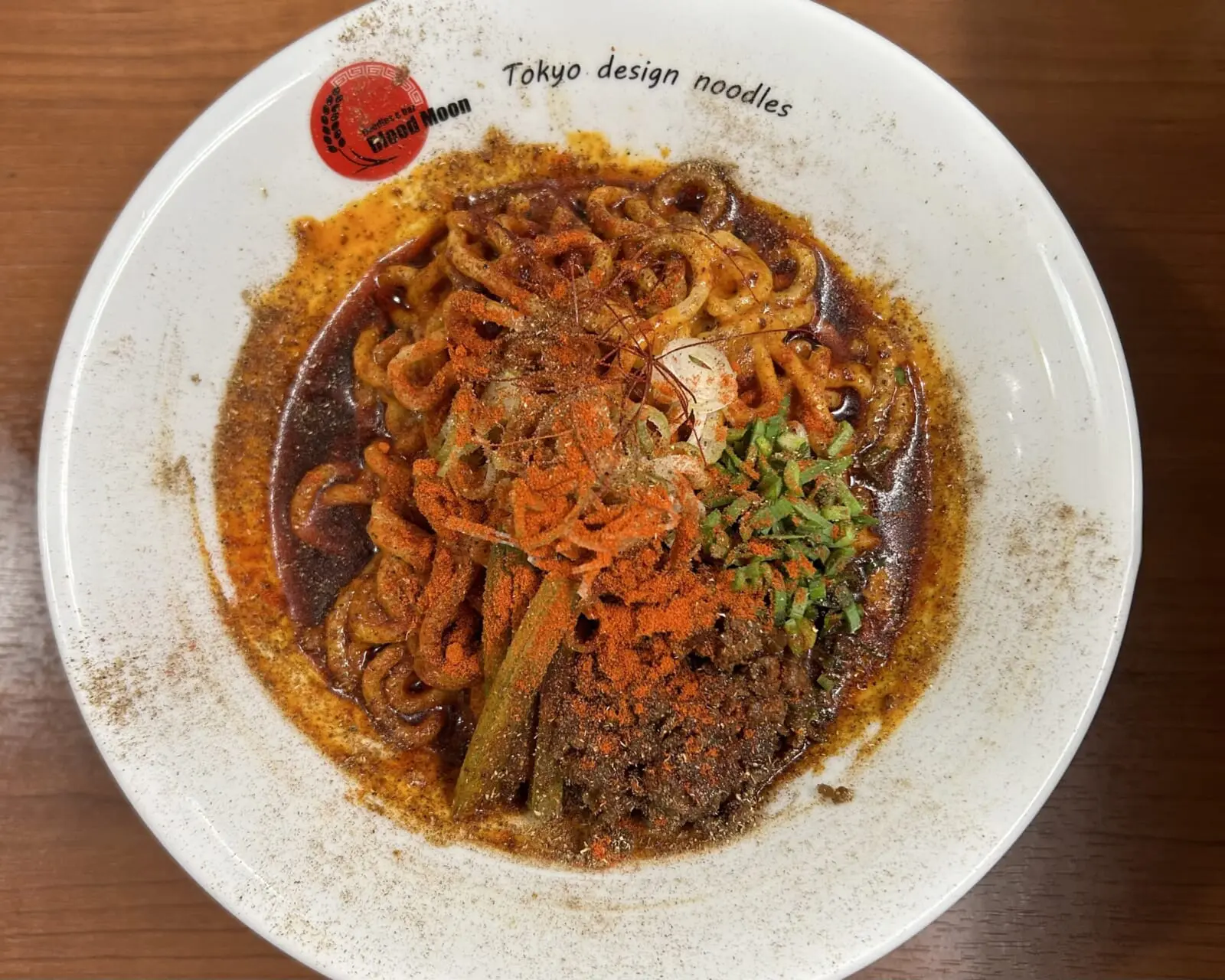
Tantanmen
If you’re a fan of spice, look no further than tantanmen. Inspired by the Chinese dandanmian — a chili oil–based noodle dish served with or without soup — Japanese tantanmen has evolved into a broader genre. The classic version features a sesame paste base with vinegar and soy sauce, topped with chili oil, chili powder and various types of peppers to create a spicy, hearty bowl. You’ll often see a generous ladle of chili oil floating on top for color and added heat.
Common toppings include bok choy vegetables, minced pork, Szechuan pickles, and crushed peanuts. The soup itself is usually a blend of chicken and pork stock. The noodles are typically semi-wavy, moderately thick and firm to complement the dense broth. If you want to try something new, order a bowl of shirunashi (soupless) tantanmen. In this style, a thicker, sauce-like base (almost like pasta sauce) coats the noodles instead of a broth. This lets the chili oil and Szechuan peppercorns shine, delivering a bold and punchy experience. There’s no shortage of tantanmen spots around Tokyo, and it’s a top pick for spice lovers.
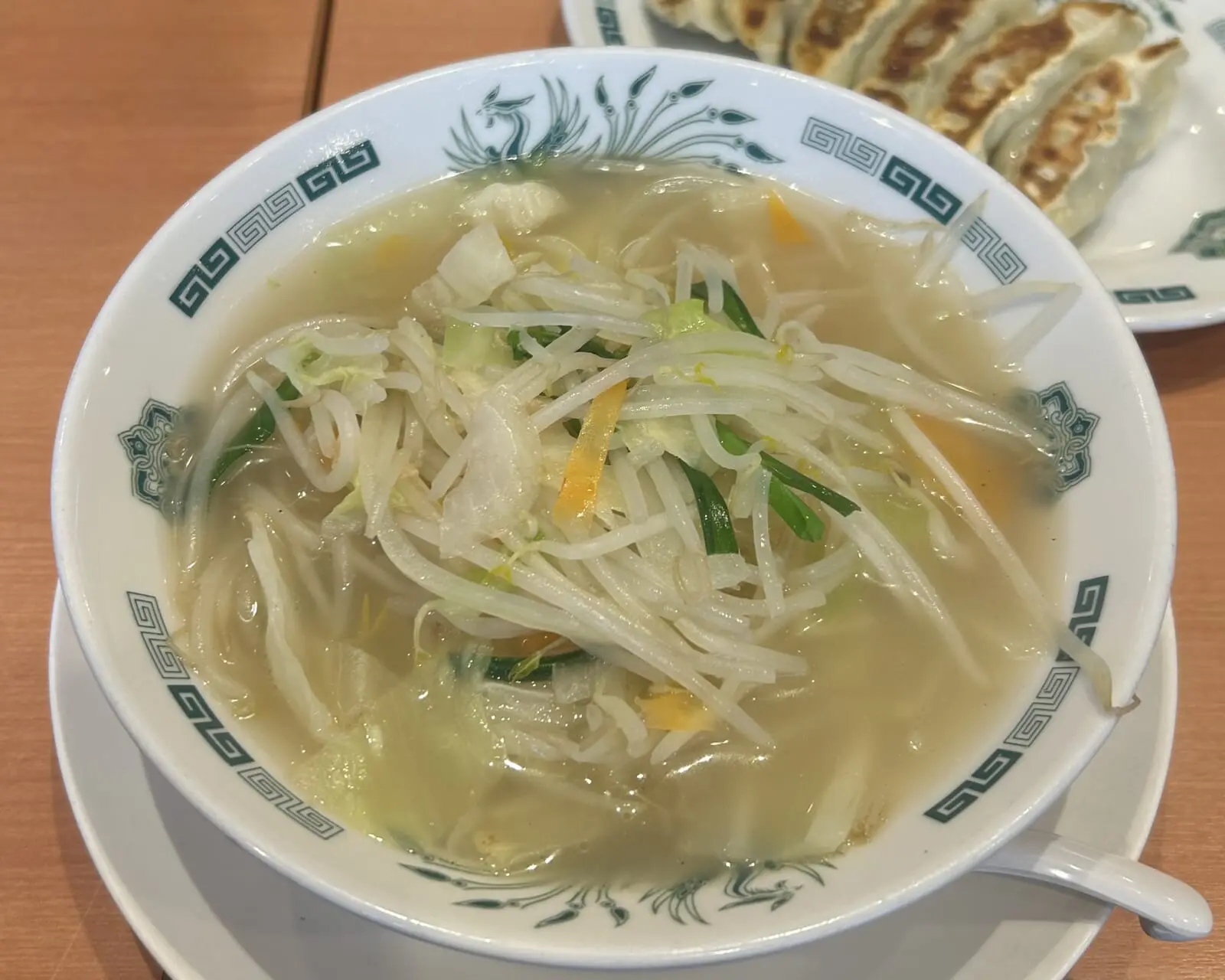
Tanmen
Often confused with the similarly named tantanmen, tanmen is completely different. While tantanmen uses a thick sesame broth and chili oil, tanmen simply means “noodles and soup,” and it’s a very clear, light dish packed with vegetables. Tanmen is most commonly found in machichuka, which are Japanese-style Chinese diners that serve dishes such as fried rice, gyoza potstickers and pork and garlic chive stir fry.
The cooking process for tanmen is quite distinct from most other styles. The meat — usually sliced pork belly — is stir-fried first, then vegetables like cabbage, carrots, bean sprouts, green onions and mushrooms are added to the wok. Everything is sautéed together before the soup and tare are added and brought to a simmer. Meanwhile, the noodles are boiled separately and combined at the end. Tanmen is incredibly comforting, especially when served with a generous sprinkle of black pepper and a side of gyoza. It’s a great introduction to the more subtle, vegetable-forward side of ramen.
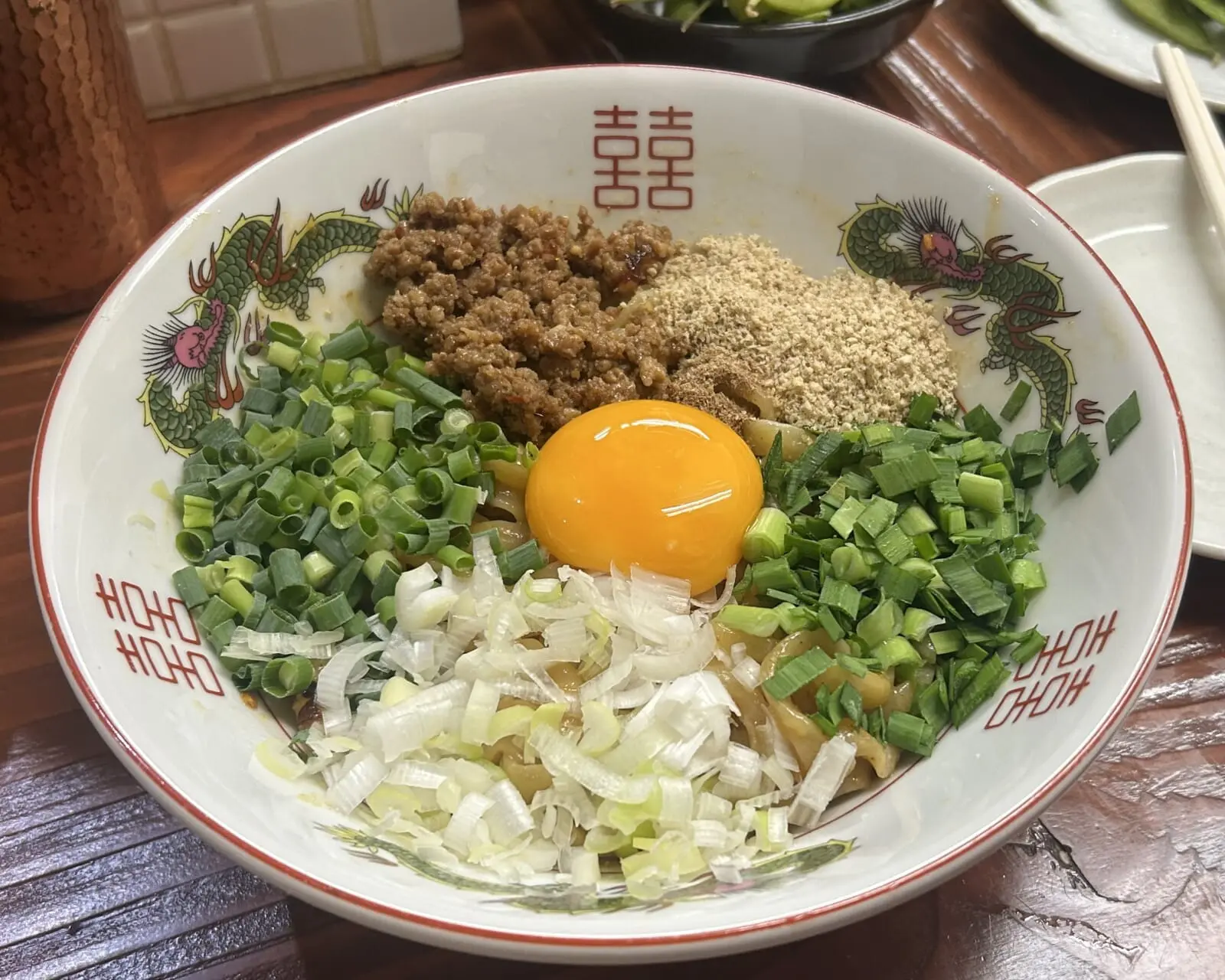
Mazesoba
Another soupless variant is mazesoba, which often arrives as one of the most visually beautiful presentations in the ramen world. At the base of this style is a thick tare, typically made from soy sauce, garlic, ginger, mirin and a touch of broth. Incredibly thick and chewy noodles are placed directly on top of the tare, followed by carefully arranged toppings — creating a kaleidoscope of colors and textures.
The Japanese word “maze” means “to mix,” and while it may feel a little heartbreaking to disturb the presentation, diners are encouraged to stir all the ingredients together vigorously before digging in. Mazesoba is perfect for those who love thick noodles, and crave bold flavors without broth. A common element is a raw egg yolk, which adds a luxurious, creamy element once mixed into the noodles. It’s rich, satisfying and a must-try for ramen fans looking to experience ramen in a different format.
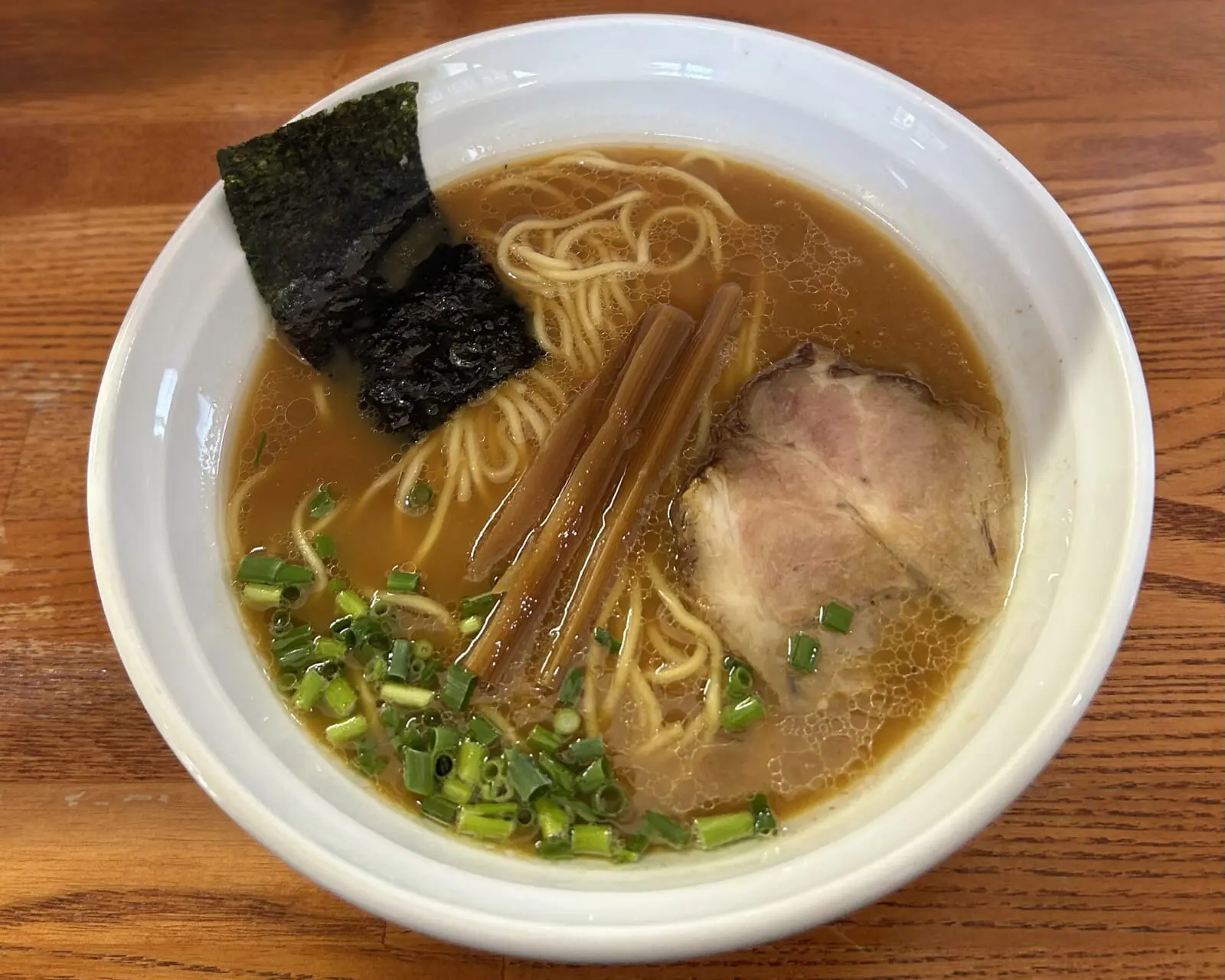
W Soup (Tonkotsu Gyokai)
A more modern style, W Soup refers to “double soup,” meaning two separate soup stocks — one animal-based and one fish-based — are prepared individually and then combined in the bowl. This technique allows for optimal preparation of each component: the pork or chicken stock is boiled vigorously for creaminess, while the fish stock is gently simmered to preserve its delicate flavors.
Often called tonkotsu gyokai (pork and fish ramen), this style has a uniquely rich, umami-heavy broth — creamy and fatty from the meat, bright and oceanic from the fish. Each shop puts its own spin on the ratio and fish variety used, making every bowl of W Soup a slightly different experience.
The broth is quite thick, clinging to the noodles and coating your spoon. Noodles are typically thick and wavy to match the dense soup. Classic toppings include bamboo shoots, green onions, chashu pork, an egg and a few sheets of nori. It’s a bit more niche and harder to find, but definitely worth the effort.
Tsukemen
Tsukemen is more of a preparation method than a flavor category, but it is important to understand its appeal. Often misunderstood by newcomers, tsukemen features noodles served cold or at room temperature alongside a separate bowl of concentrated hot dipping soup. Separating the noodles from the broth allows you to experience each component individually. You can savor the noodles’ texture and wheat flavor without them becoming soggy. Some shops even provide a small pile of salt so you can taste the noodles on their own before dipping.
The soup in tsukemen is much thicker than in regular ramen because it needs to cling to the noodles. Even the portion is smaller since it’s so concentrated, and this creates a more intense flavor experience. Noodles range from thin to thick, and the broth can be made from pork, chicken, fish or any combination — both creamy and clear. Tsukemen is highly recommended for those who want a more interactive dining experience and a deeper appreciation of the chef’s attention to detail.
There you have it, ten different ramen styles to explore across Tokyo and Japan. While it’s easy to stick with a favorite once you find it, don’t hesitate to step outside your comfort zone. You might discover a new go-to bowl or develop a deeper appreciation for the complexity of Japanese cuisine.
For more ramen guides and where to find the best slurps in Tokyo, check out the links below — and share this with friends or family visiting Japan so they can dive in headfirst, chopsticks at the ready.

